Latest From Blog
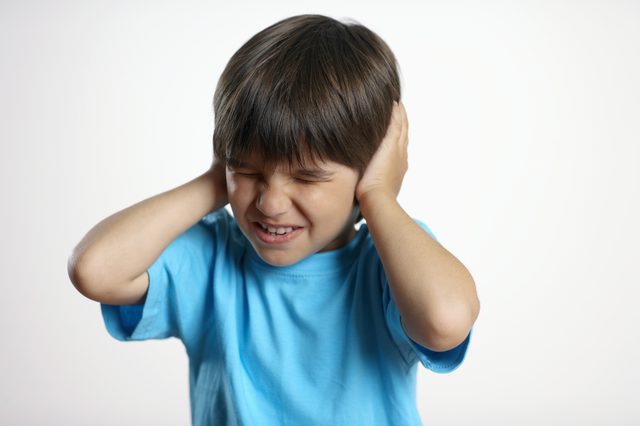
Sensory integration (Part 3) – The Auditory System
THE ANATOMICAL REVIEW – REGISTRATION Sound waves enter the ear canal through the pinna. The waves now move to the tympanic membrane. After the tympanic membrane is the middle ear where the auditory waves travel over the incus, stapes and malleus. The waves now move into the inner ear into the cochlea. The cochlea has…

Sensory integration (part 2) – The Visual System
THE ANATOMICAL REVIEW – REGISTRATION Lights enters the eye and is refracted by the cornea. The light then passes through the pupil and is further refracted by the lens. An inverted image is then projected onto the retina. The retina consists of rods and cones – called photoreceptor cells. Rods are found in the periphery…

What is sensory integration (Part 1)?
Sensory registration Our senses gather information from our surroundings, this is called sensory registration. This information is registered through our senses that include seeing, touching, hearing, smelling, tasting, proprioception and our vestibular system. Sensory discrimination This term is used to describe the awareness of the temporal and spatial characteristics of the sensory input we gather…
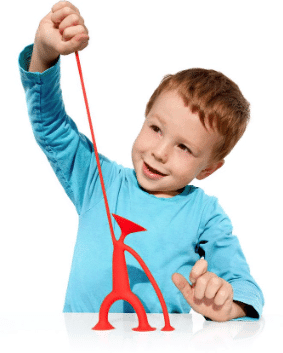
What is proprioception and why is it important?
The proprioceptive system is also called the internal GPS of the body or body awareness. This system helps us to determine what our body parts are doing, where they are moving, how hard/soft they are performing tasks and the timing of movements. This system further guides our movements especially when the eyes can’t see e.g.…
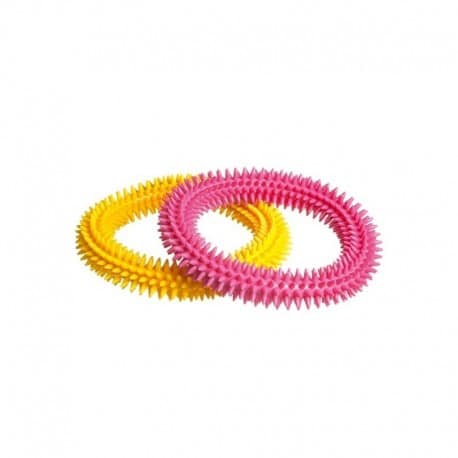
Do fidget toys work?
Do fidget toys have therapeutic value? We have seen fidget toys crazes come and go. From the cube to the Tri-fidget spinner but do they work? Fidget toys only work when they provide proprioceptive input in the form of resistance or deep pressure input. Proprioception modulates the nervous system. This means the nervous system can…
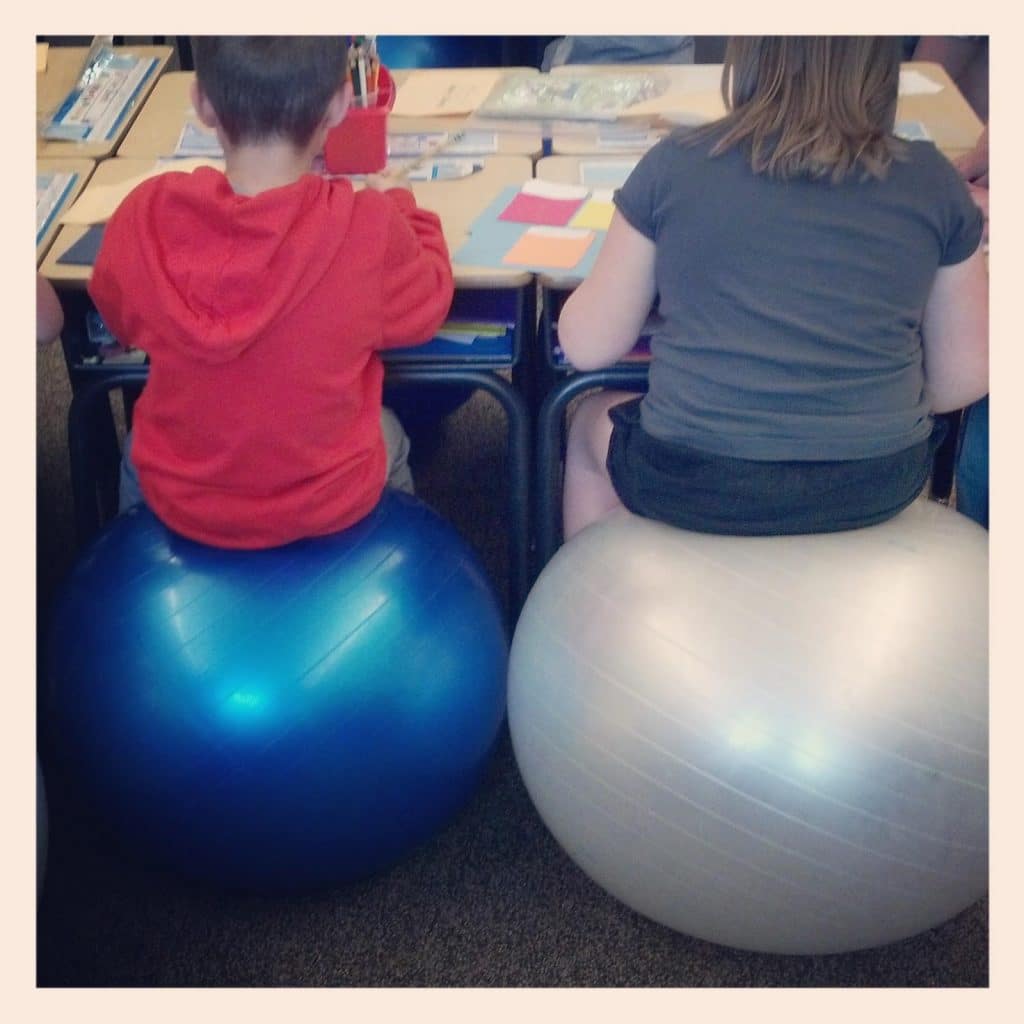
Alternative seating for fidgety kids
Alternative seating for fidgety kids Why do some kids struggle to sit still? Some children have low muscle tone or poor postural control. This causes instability at the big joint and make these children crave vestibular (movement) input and/or proprioceptive (resistance/deep pressure) input. These kids will then fidget, change their posture often, get up, slouch…
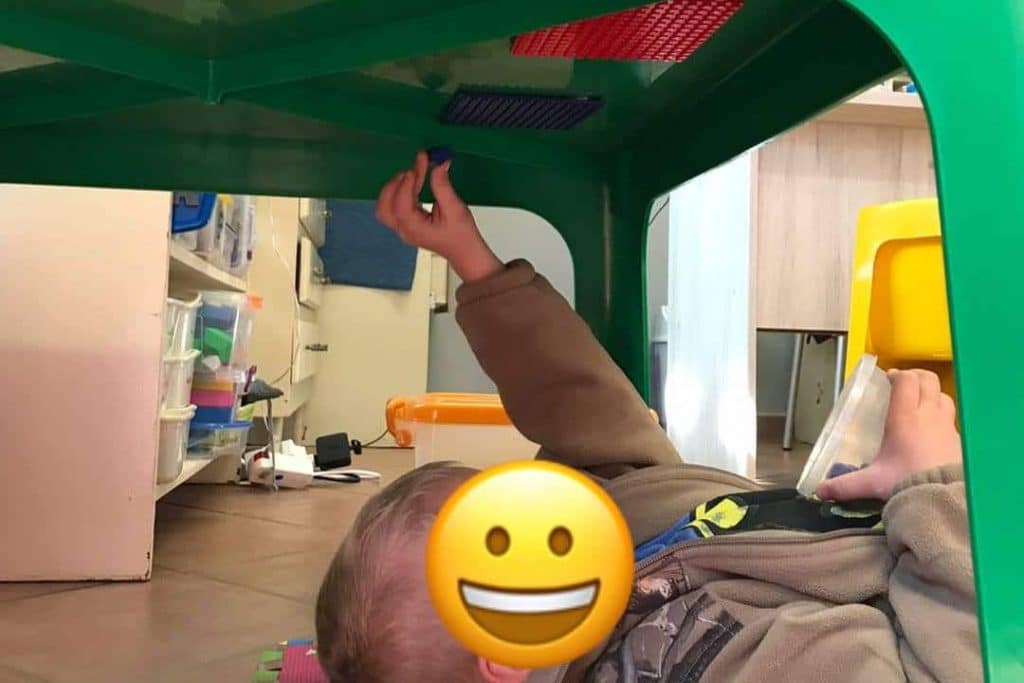
Exercises to do before writing tasks/table-top work
Exercises to do before writing tasks/table-top work. Download the Full PDF with images The following exercises provide vestibular (movement) and proprioceptive (deep pressure input/resistance) input that is the 2 systems under-write postural control. Postural control is necessary for stability of the shoulder, elbow and wrist and thus influences fine eye-hand coordination. This also helps the child…
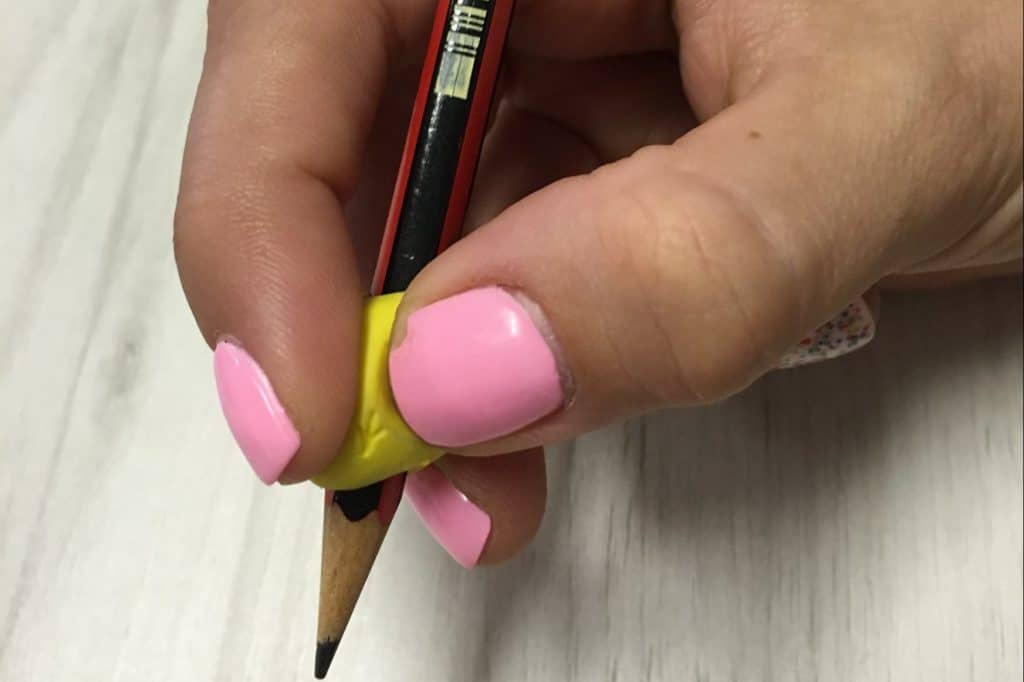
Getting little hands ready for writing
Getting little hands ready for writing Download the Full PDF Which skills are important for writing? o Postural control Being able to keep my body upright in the chair and to sit still o Vision To be able to see what I am writing o Eye muscles The muscles of my eyes should be able to…
- « Previous
- 1
- 2
- 3
- 4





